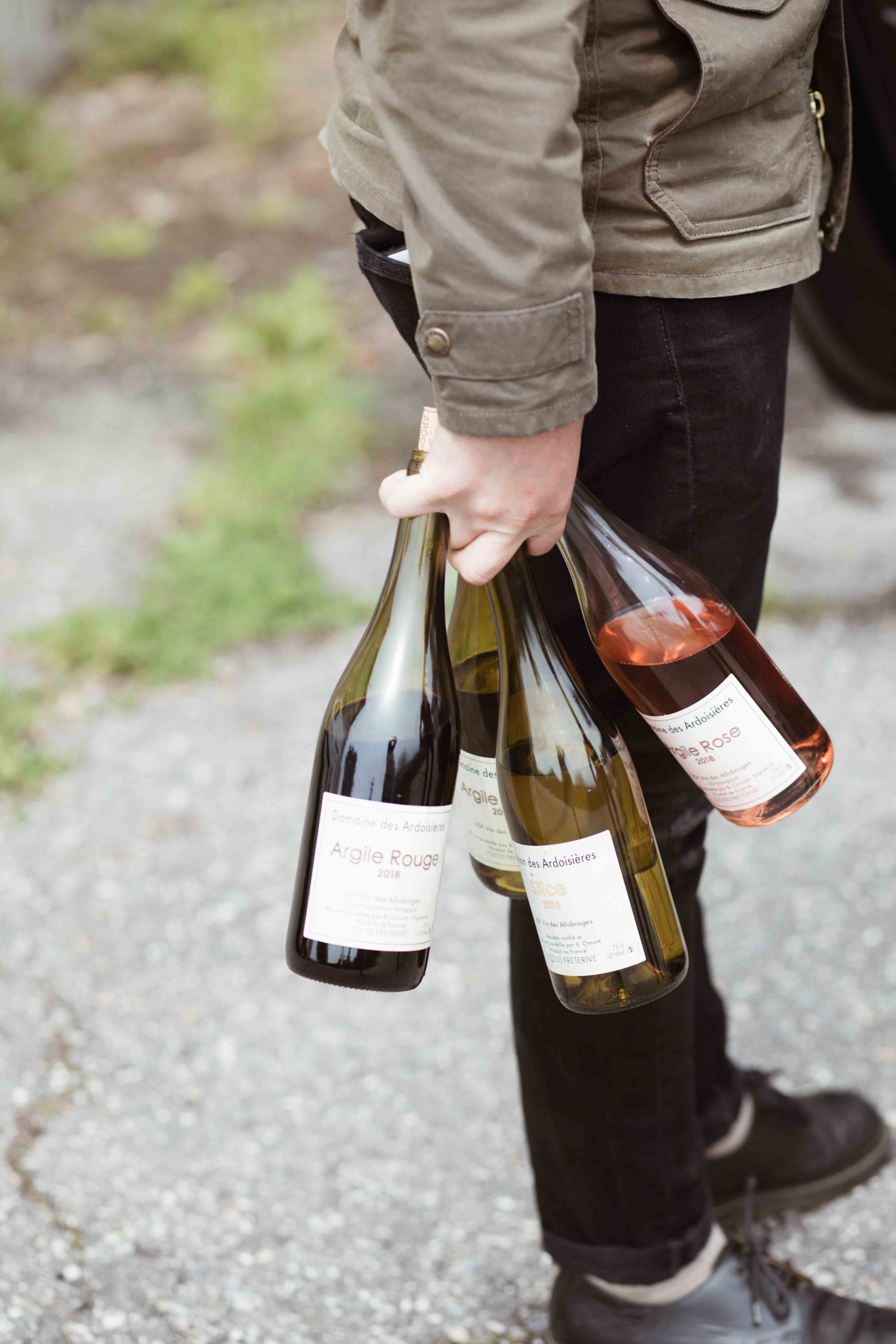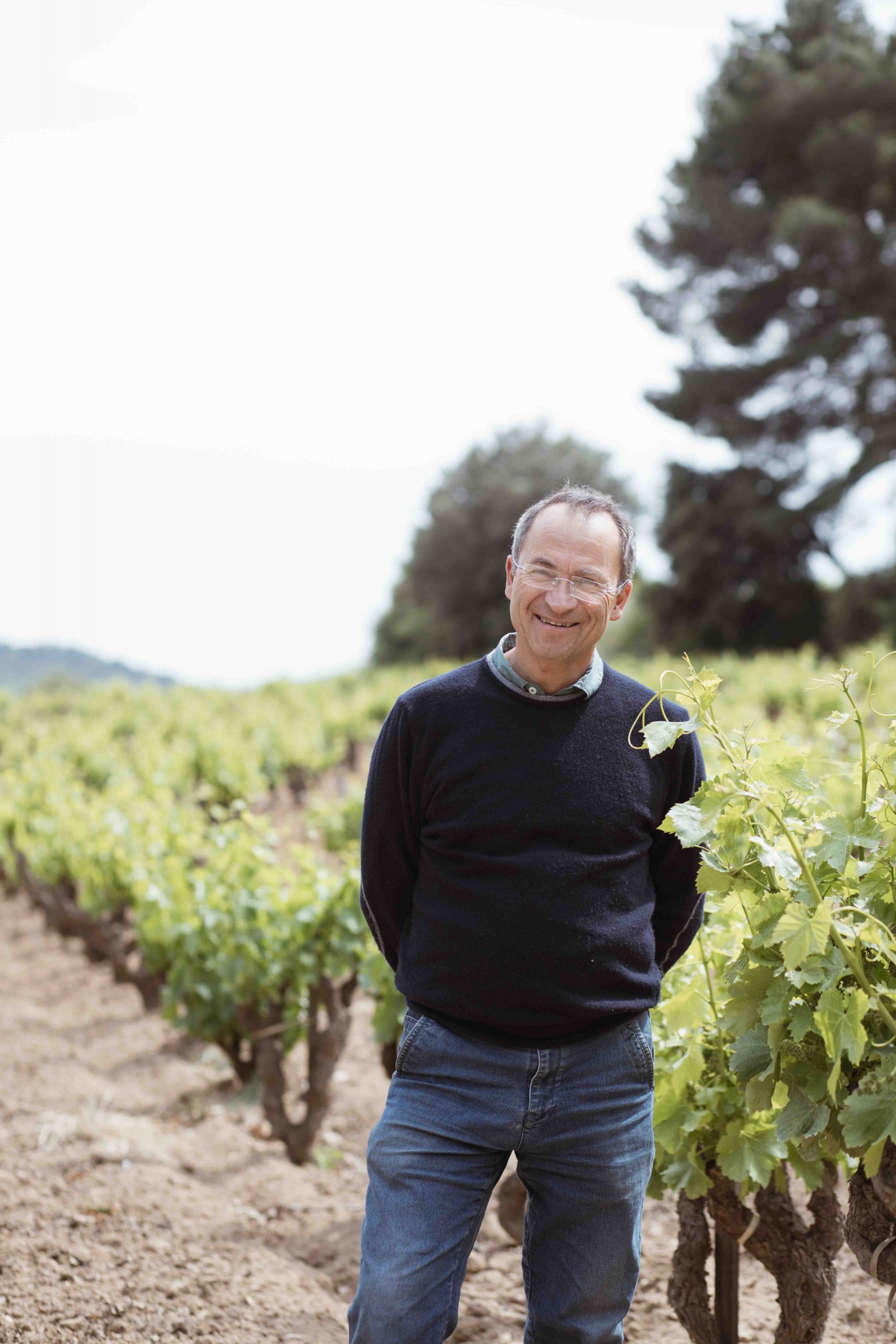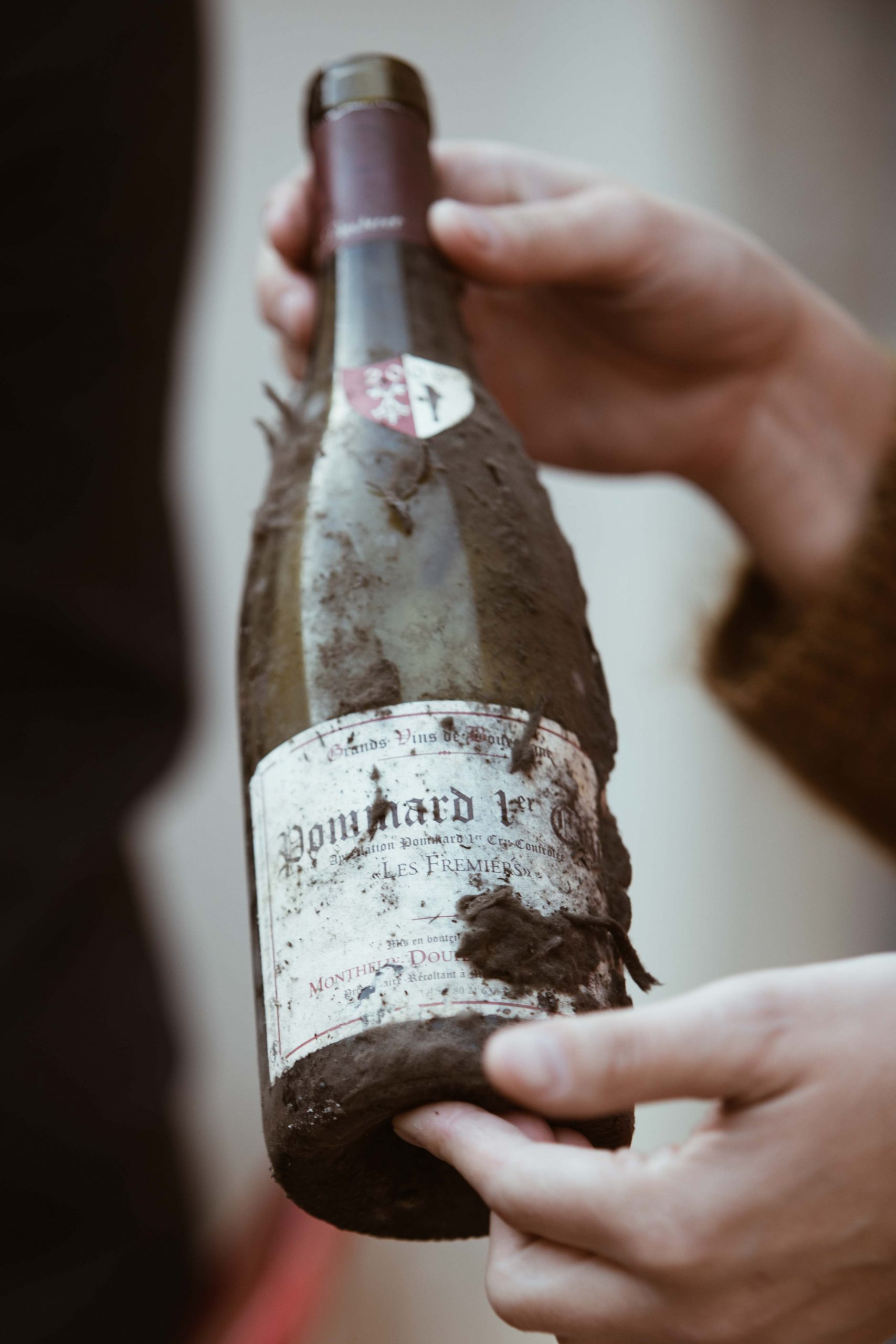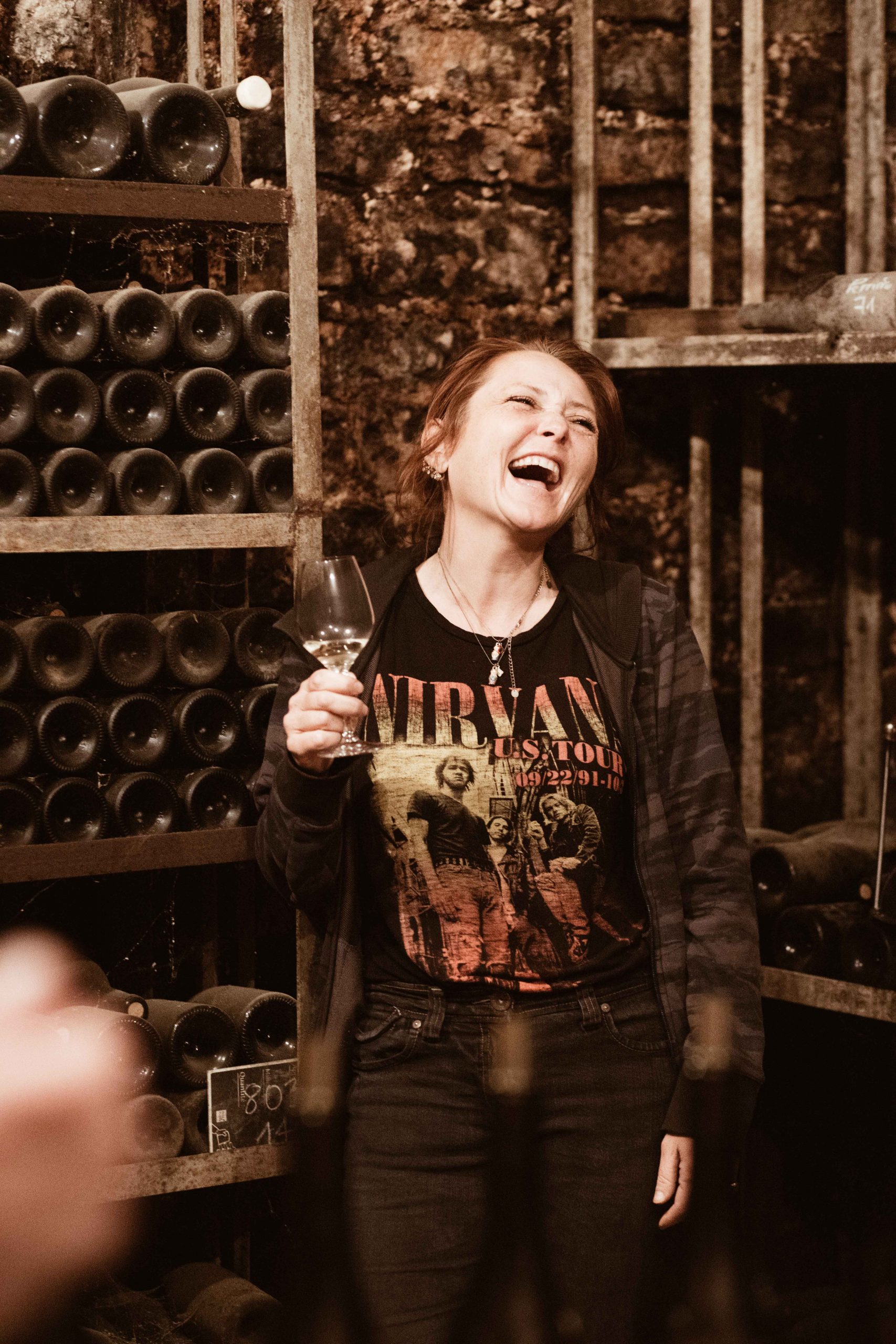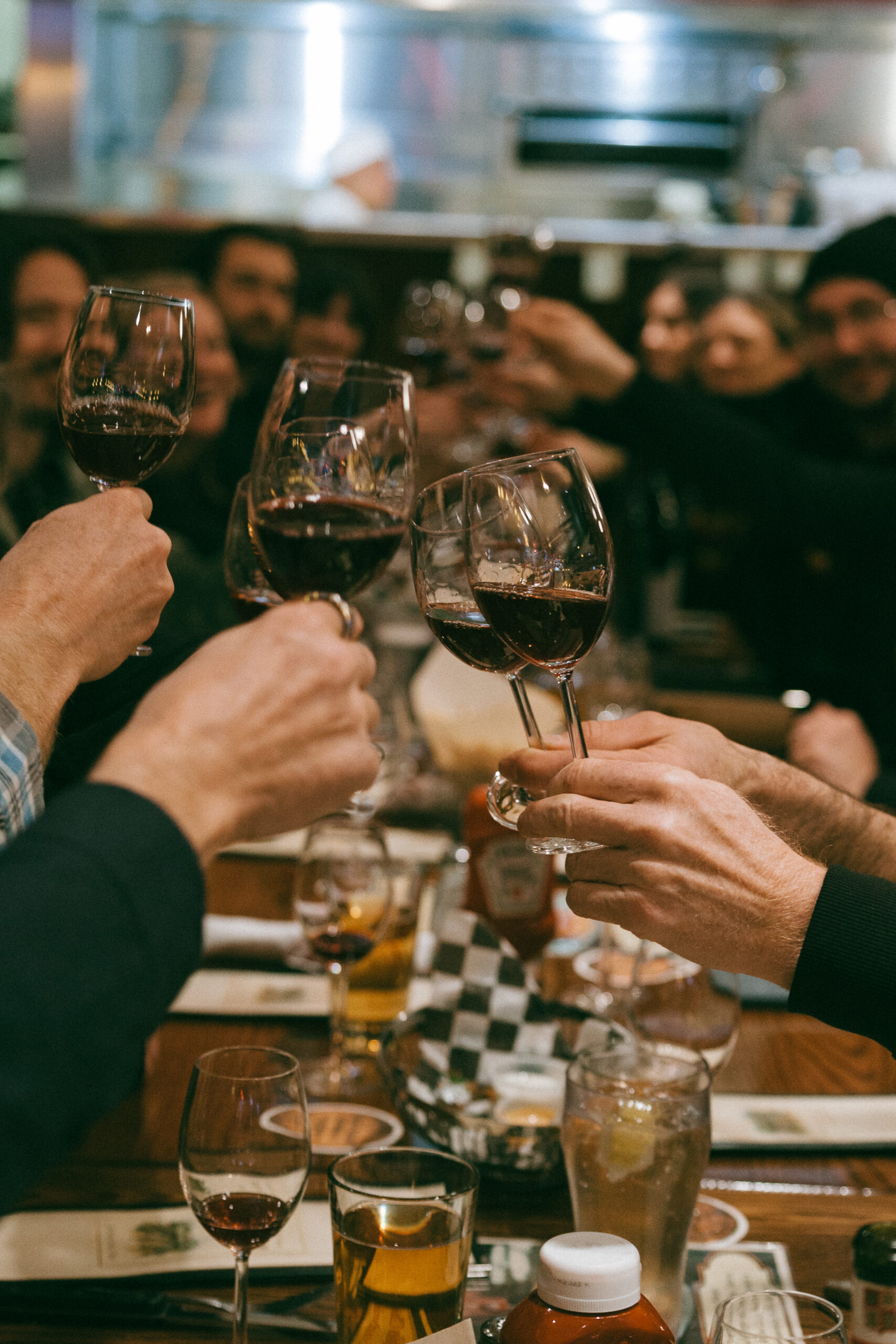This article was written by Neal Martin and originally published in the Interim September Issue of Robert Parker Wine Advocate on www.robertparker.com. The article is owned/copyrighted by Robert Parker Wine Advocate and can be found here.
Appreciation toward vins doux naturel (VdN) has been on the critically endangered list for many years, alongside the white rhino, sensible politicians and affordable Burgundy. As fashionable as a lilac Lycra shell suit, they make Madeira look cool. I demurred writing this article because the reality is the vin doux naturel revolution is about as likely as Donald Trump vacationing in Pyongyang, though that said, the world is so crazy that you cannot discount anything from happening. No, the reason that I am investing my precious time and words is because every time Philippe Gayral bounds over to the UK armed with another cornucopia of Banyuls, Maurys and Rivesaltes, I think to myself, why do oenophiles continue to ignore these exquisite wines? I guess it is one of life’s great imponderables. However niche and however unhip vins doux naturels remain, it will never stop me from waxing lyrical about their virtues. What other genre of fermented grape juice bestows such fascinating histories and rarity, aging potential and, above all, taste delicious? Answers on a postcard to the usual address, please.
Each time I meet Philippe, brimming with enthusiasm, needlessly promulgating his latest vins doux naturels to an audience already enraptured, I wonder whether it will be the last time. How long can he continue scouring Roussillon’s forgotten cooperatives or mothballed producers to unearth ancient wooden foudres filled with fortified nectar, hitherto enjoyed only by angels taking their share? One supposes that the search becomes harder and harder, but thankfully, having tasted his VdNs for several years, I discern absolutely no compromise in quality. Philippe knows that if he let down his guard, lowered the bar, it might fatally tarnish the reputation of wines.
This tasting focused on various bottles from the 1980s and then back through what was a golden period during the 1940s and 1950s. Vins doux naturels blossom with age and evolve complexity and subtleties that only time can inscribe. A group of us, including Steven Spurrier and Jancis Robinson, focused mainly on two producers: we had seven vintages from Domaine La Sobilane—who oxidized their Grenache Noir for three years in demijohns and demi-muids—and had five vintages from Riveyrac, which was founded in 1909 and fortified with spirit to halt the alcoholic fermentation. There were also newcomers courtesy of a 1979 from Domaine de la Viguerie and a 1958 from Château Villageil. Readers should refer to my previous reports if seeking background information on Sobilane and Riveyrac, but I asked Philippe the history of Villageil whose Rivesaltes formed one of the highlights of the tasting…
“The 1958 Château Villageil was made by Théodore Boubay, who was born in 1901 and came from a winemaking family. In the 1950s, as was common in good vintages, the red wines were bought by the cooperative while the vins doux naturels were kept back and vinified at home. Obviously Théodore had concrete and oak tanks and plenty of demijohns [at his disposal]. In 1958, in the middle of the Algerian war, Théodore would have been too old to be called up. He enjoyed a magnificent vintage in terms of both quality and quantity and, since he did not know what might happen in the future, decided to keep part of the wine back. Today we have the opportunity to taste this legacy, which is a blend of Grenache Noir and Malvasie.”
I will leave readers to peruse the tasting notes at their leisure. While not every VdN was stellar, the consistency throughout these new releases is impressive given the conditions that some of these Banyuls and Rivesaltes grow up in, testament to Philippe meticulously sorting the wheat from the chaff. If these notes and my enthusiasm pique your interest, don’t just sit there and think about it. Pick up the phone! Click that mouse! Treat yourself to a few bottles, especially if you have spent years ruing the fact that your umbilical cord was cut in poor vintages such as 1968, 1951 or 1946. Why suffer undrinkable Claret when you can actually celebrate your birth-year with a bottle of something enjoyable? In a decade’s time, people will look back on these articles and regret never acting on my advice, because they may no longer exist except for odd appearances at auction.
So how do you obtain these amazing wines? Those in the UK should pick up the phone and speak to the chaps and chapesses at Farr Vintners, who do a sterling job putting on these tastings and distributing these wines to private clients, restaurants and the executive boxes of Premier League football teams. They make perfect endings to dinners where you dive back into history and even take any leftovers back home to enjoy over the next few weeks. Philippe Gayral is working with Martine’s Wines in the USA (California, Illinois and, soon, New York and New Jersey), Misa in Texas and Louisiana, and Ideal Wines in Massachusetts. He is hoping to expand to other states in the future.

